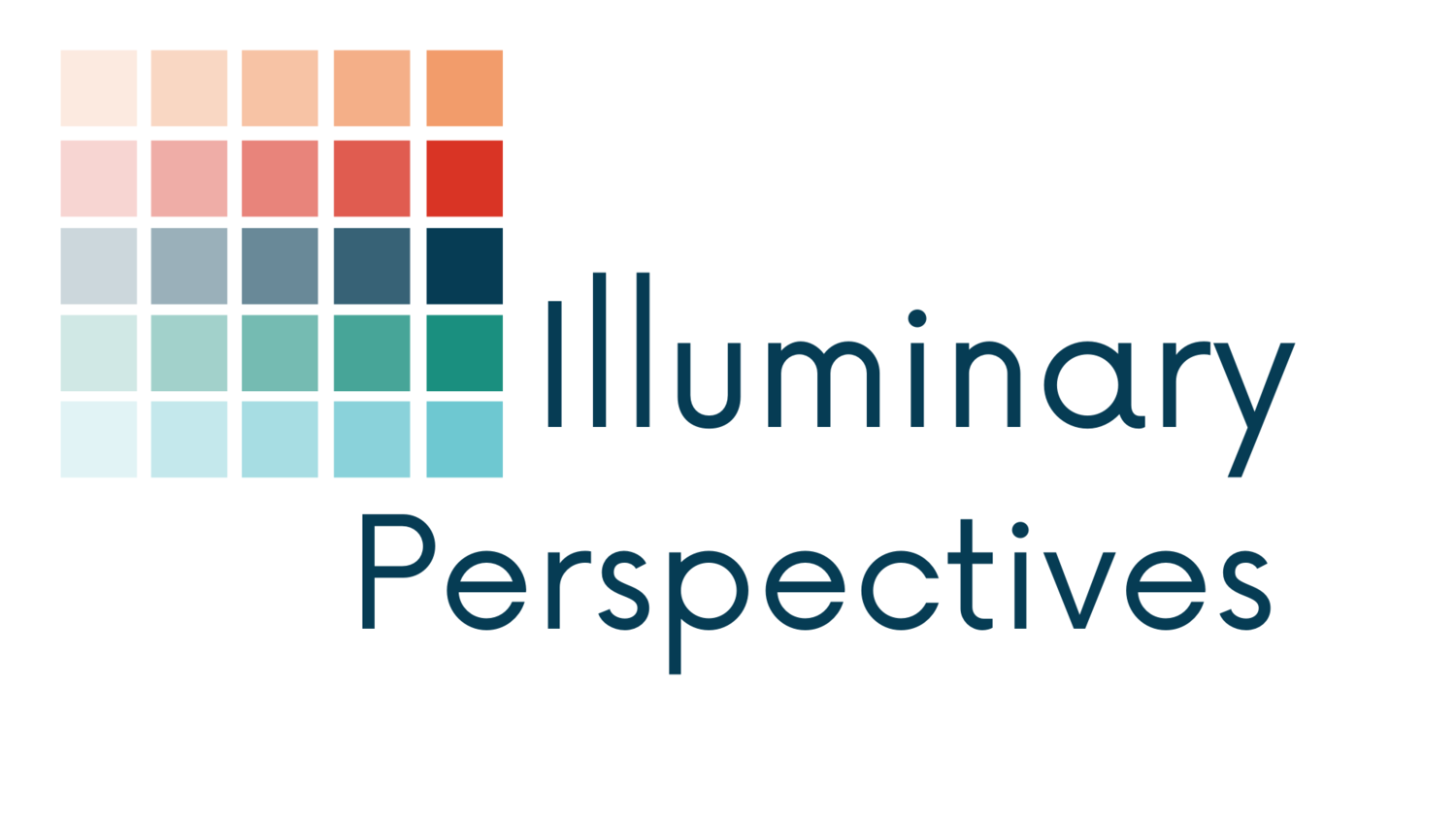Overcoming Barriers to Learning
I talk about learning…a lot. Learning is critical to improving our work, adapting to changes and challenges, and deepening our impact. By engaging in the ongoing, daily process of learning, your organization can improve your impact, program experience, and staff morale. But we (including myself) have a tendency to jump too quickly to tactics for reflection and learning. Without identifying and addressing the barriers to learning that are present within our organizations, we are not going to be able to make any sustained progress. You can provide the evidence and build learning habits, but if you don’t address the barriers to learning, people won’t be able to practice them.
When I speak to nonprofits, time and resources are often the barriers to learning that come up more often. Don’t get me wrong, the scarcity of time and resources are very real problems that nonprofits face. But when it comes to learning habits, the scarcity of time and resources are often the symptom of deeper barriers. When these deeper barriers are addressed and learning becomes a priority, time and resources become less of an issue.
Building off of the work of the Center for Evaluation Innovation, I typically see barriers to learning happening at three levels within organizations: individual, social/group norms, and institutional.
Individual
Personal Motivation: Staff buy-in to learning habits is another common concern I hear from nonprofit professionals. Each individual brings a unique motivation and attitude to their work and to the organization. For each individual, social experiences can either trigger a “threat response” or a “reward response.” Following David Rock’s SCARF model, social experiences that could trigger threat responses in people, resulting in resistance to engage with learning, include:
Status and relative importance to others. When there is insecurity about status, learning is hard.
Certainty about the future. When there is anxiety about uncertainty, learning can be a risk.
Autonomy and a sense of control over events. When there is a fear of losing autonomy, learning can be a threat.
Relatedness and a sense of safety with others. People lose motivation to learn when they do not feel part of a social group.
Fairness of exchanges between people. When there is doubt that decisions will be fair, people don’t believe that learning will lead to reward.
Many people crave consistency and changes to everyday work and routines can appear threatening, especially “surprise” changes that don’t have much room for mental preparation.
TIP: Identify and address how individuals’ threat responses are driving willingness to engage with learning.
Role Identity: Our choice are impacted by our perception of our roles and what it means to be good at our jobs. We behave in ways that fit with our identity’s stereotypes. How do individuals see themselves and what “scripts” do they have about this identity? Expert? Advocate? Strategist? Coordinator? Facilitator? Sometimes, individuals can also become so strongly identified with one aspect of a role that they lose sight of the other aspects. This also shows up in team members that have had a long tenure with an organization and believe that they know how it should be done.
TIP: Identify the “scripts” people are operating on - how they understand what it means to be good at their role. Help them to see learning habits are part of their role identity and reinforce the message.
Social
Relationships and Connections: How individuals connect with one another can affect learning habits. Relationships and connections that could get in the way of learning have the following characteristics:
Uncomfortable with tough discussions and revealing fears
Too polite and deferential to challenge each other
Distrusting of one another’s motives
Too disconnected to even hear different perspectives
Additionally, creating silos within roles or departments and not fostering collaboration between departments can create barriers to learning.
TIP: Observe who has relationships with whom and their explicit and implicit rules of engagement. Create opportunities to help people understand one another’s intentions and competencies, or to create new linkages.
Power Dynamics and Norms: Power dynamics are what hold the status quo of organizations in place. If the current status quo does not support learning, the underlying power dynamics are typically what needs to shift. Some people have built their reputation on the status quo and will use their power and influence to maintain it. The motivation and ability to learn is affected by formal control and informal influence of the agenda, available options, what evidence has value, how information is interpreted, and the flow of information.
Leaders and funders hold significant power within nonprofit organizations. Their expectations are typically what dictates what happens within the organization. If leaders and funders are not supporting learning, the learning habits will be hard to maintain. When leaders and those with power are not transparent and open to feedback, learning becomes devalued.
TIP: Understand how power works formally and informally in your organization - who has it and how they use it. Reveal how power dynamics shape conclusions, recruit influential champions, and bring different perspectives.
Institutional
Rewards and Incentives: If learning habits are not reinforced through rewards and incentives, they will not happen. For example, formal and material rewards, such as performance reviews, promotions, and resources, often do not include learning. Informal and psychological rewards also influence motivation to engage in learning - for example, does learning bring engagement and praise, or scrutiny and criticism?
TIP: Examine how learning vs. “non-learning” habits are rewarded. Look for day-to-day opportunities to reinforce learning behaviors. Even basic recognition goes a long way. Incorporate learning into job descriptions and expectations that are reinforced through performance reviews. Provide support and training to meet those expectations.
Workspace: Opportunities for interaction - physical and virtual - are key to learning. But many workspaces are not set up for this kind of interaction. Workspaces make it easier or harder for people to encounter one another and for information and communication to reach certain people. Think about who encounters whom, how, when, and where those connections happen, and the mood they experience when they do.
TIP: Observe how physical and virtual space affects how and when people interact. Identify how to create more opportunities for people to “collide” in ways that can foster innovation or facilitate small group learning.
What are some of the common barriers to learning that you experience at your organization or that nonprofits might face? Try out some of these tips to start to break down the barriers and embrace learning habits.
Additional Resources:
The Surprising Reason We Don’t Keep Our Resolutions (and How to Overcome it) from Harvard Extension School
6 Barriers to Organizational Change, and How to Overcome Them by Wendy Ryan
How Leaders Affect Evaluation Capacity Building in Foundations from Center for Evaluation Innovation
Kotter’s 8-Step Process for Leading Change


